
A U.S. Customs and Border Protection drone.
photo: Gerald L. Nino/CBP Photographer
“Google Predator drone.”
Professor Benjamin J. Muller is standing to my left, graphic designer Thomas Kafka McCarthy is standing behind me and the three of us are staring at my computer monitor. This image search is work, turning out to be a bit harder than we originally thought.
“See if you can find one in flight, one with the U.S. CBP logo.”
I look at Muller blankly. “CBP?” I’m still getting used to the acronym world of academia.
The professor grins. “Sorry,” he says with his slight Canadian intonation. “U.S. Customs and Border Protection.”
We’re at the UA Confluencenter for Creative Inquiry’s headquarters on East Helen Street, just north of the Eller College of Management. Muller is Confluencenter’s Visiting Scholar – its first – who was invited here due to his distinguished multidisciplinary research on the intersection of borders, borderlands, security, identity, surveillance and biometric technology; issues of deep current relevance to our society. We’re gathering materials in conjunction with Muller’s Show & Tell talk on Wednesday, Jan. 14, titled iBorders: Drones & Designs.
“Here we go,” I say, as the screen populates with a mosaic of square pictures of unmanned aerial vehicles. Muller immediately nixes the drones equipped with Hellfire missiles, weapons developed for precision strikes against people.
“The border drones aren’t armed,” he says. “Yet.”
That small, three-letter word sends a chill down my spine. The facts Muller rattles off, about how local and international borders are monitored and the state sanctioned surveillance to track people’s movements, are creepy. We’re in future world, beyond Orwellian and hurtling toward realizing the 2002 Tom Cruise movie “Minority Report” style pre-crime police enforcement. The botched case of Maher Arar is a prime example. We’ll get to him in a minute.
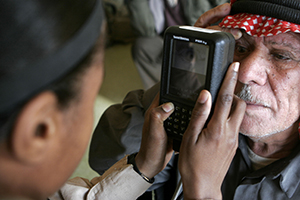
U.S. Marine Corps Sgt. A.C. Wilson uses a retina scanner to positively identify a member of the Baghdaddi city council prior to a meeting with local tribal figureheads, sheiks, community leaders and U.S. service members deployed with Regimental Combat Team-7 in Baghdaddi, Iraq, on Jan. 10, 2007. Wilson is attached to the 4th Civil Affairs Group. DoD photo by Gunnery Sgt. Michael Q. Retana, U.S. Marine Corps.
Our next Google image search is on biometrics. Eye scans, fingerprint access machines and soldiers scanning civilian irises fill the monitor. McCarthy and I stare at these images, while Muller – in his affable, easy-going manner – nonchalantly informs us about the amount of data being collected by the government, how it is collected and how the collective information comprises each individual’s data double. We look at him, appalled.
“How do you not become super paranoid, knowing all of this?” I ask.
Muller laughs, “Yeah, you know, I have students ask me all the time if I want to go hide in a cabin in the woods. Sometimes the answer is yes.”
Muller is on sabbatical from King’s University College in London, Ontario, where he is an Associate Professor with the Department of Political Science. The 38-year-old’s career path was shaped by the mid- and late-90s political environmental struggles in the Pacific Northwest during his undergrad and graduate years at the University of Victoria, in Victoria, British Colombia.
“At the end of the 1990s, the ‘Battle in Seattle,’ an infamous protest at the World Trade Organization meetings in Seattle, marked the beginning of the amorphous ‘anti-globalization movement,’” Muller wrote via email when he first landed in Tucson. “These all played an important role in my intellectual development, and my particular interest in borders in a broad sense, and the challenges to notions of inside and outside, us and them, friend and enemy, and inclusion and exclusion. These motivated my decision to pursue my doctoral studies in an interdisciplinary institute at Queen’s University in Belfast, Northern Ireland to explore questions about security, borders, and mobility in the European Union.
“As a doctoral student in Belfast, my interests in borders, broadly defined, began to flourish. Belfast is a city of borders and even walls. One can, with some understanding of local politics and culture, almost immediately identify different neighbourhoods, their respective political allegiances, religious affiliations and socio-economic status. In some cases, physical walls and barriers create the differentiations, but in other cases, painted curbs, flags, and murals, provide accounts, or the absence of such signs and symbols, provide the necessary cues.”
Muller would later be influenced by 9/11, researching how security, identity, borders and surveillance technologies changed post 9/11 – especially with the passing of the USA PATRIOT (Uniting and Strengthening America by Providing Appropriate Tools Required to Intercept and Obstruct Terrorism) Act of 2001.
As WikiLeaks and Edward Snowden have informed us, people’s actions are being monitored and digital lives are under scrutiny. Our digital actions comprise our data double.
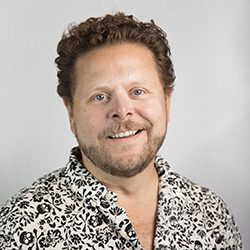
Professor Benjamin J. Muller
photo: John Nofs
“We all have data doubles. All sorts of them,” Muller explains. “And they may or may not be reasonable approximations of us. We all know what part of our data double looks like because we get those emails that say, ‘You bought this book from Amazon, you might also like this and this book.’ And the company that produces that algorithm also helps produce the algorithm for the Terror Watchlist.
“It’s all about algorithms, it’s all about these little bits – ‘You bought that book, you traveled to that place, you keep phoning these two countries, these are the three places you’ve been in the last five years, this is the city you live in, this is your zip code.’ And all these things get interlinked. In some cases, it’s all the stuff that means it is easier for you to get a job in a certain place or not, or you get certain deals at certain stores more than others or you are more likely to get a credit card over someone else. Those are all our data double too, but, the grander aspects of it are the ways in which these get interlinked with law enforcement and the kind of assumptions. And this whole move in law enforcement about precaution. ‘Precautionary risk,’ they call it. Which is arguably like it’s a pre-crime.”
Which brings us to the case of Canadian citizen Maher Arar. In September 2002, Arar was on a stopover in New York on the way back to Canada from Tunisia. He was detained by the U.S. Immigration and Naturalization Service, ended up being shipped to Syria – where he was originally from (but left in 1987 at 17-years-old) – and tortured for over a year in an attempt to ascertain terrorist connections. He was later exonerated by a Canadian commission and awarded over $10 million (Canadian) by the Canadian government.
“Basically, his data double looked suspicious,” says Muller. “In other words, his travel patterns, what he did for a living, who he seemed to contact, his long distance phone call records. These sorts of things all made Arar look sinister. It’s a good example where his data and the way in which it traveled caused him to look a certain way and had very negative consequences for him in the end. It was the virtual border that captured Arar, but his punishment was anything but virtual.”
More and more, drones are being utilized to target terrorists based on the collection of people’s digital data. “In the past and particularly under Obama, what’s increased are ‘signature strikes,’” Muller explains. “Which again, those are striking data. Because they don’t know that they hit Joe, they can’t maintain the statistics about who’ve they’ve killed. They just know that what they hit was a data point that collectively looks suspicious. And if you are near that person, then you must also be suspicious.
“All those little data points and that’s a signature strike – of a certain data, a signature. It’s very different when we say, ‘We know that Sally’s bad for sure, here’s why. And, so we’re going to get Sally.’ And then they might say, ‘Oh, there were other people driving Sally around, but who would drive Sally around but people who are bad?’ We’re not even at that point, we’re talking about, ‘We know that you bought this and traveled to these four places and contacted these people and had this kind of cell phone network that you were using, then, you’re bad.’”

U.S. Customs and Border Protection’s Unmanned Aircraft System MQ-9 Predator B.
photo: Gerald L. Nino/CBP Photographer
What is also fascinating about the drone technology and the removal of humanizing the people being killed is the fact that “drones view things in a kind of sinister manner. Everything starts to look a bit suspicious when it is looked at through the eyes of a drone. We’ve seen the footage; we know what that looks like – the little people cruising between the buildings. But it turns out everything looks like that from a drone,” Muller explicates.
As I mull over our conversation, I think about Stephen Colbert saying: “Facts matter not at all. Perception is everything.” Perceptions of justice and fairness are certainly erroneous when reflecting on the actions of a rabid, paranoid government. They may be paranoid, but sometimes they know how to play the perception game.
At the U.S./Canadian border crossing in Blaine, Washington, the U.S. commissioned Apple Store architecture firm Bohlin Cywinski Jackson to design the border facility.
“The way they describe secondary inspections,” Muller says, “it’s more like a comfortable business transaction. So for me it is interesting because what I’m going to talk about (at Show & Tell) is how we envision borders through the drones and designs. So the design in this case, this place has enhanced incarceration capacity, they have more cells – but from the outside, it’s all about a green roof and looking welcoming and there’s Dale Chihuly glass hanging in there. So it’s all really aesthetically pleasing and it conceals all the things that conventionally borders have been about and, in fact, they have enhanced it. And there are other facilities where they have done this as well, concealing the cameras and so on. All the things where there’s more surveillance going on, there’s more ability to capture you, but what they’ve done is made it look nicer, so you feel really comfortable.”
Learn about how drones, biometric technologies, artificial intelligence, surveillance and architectural designs reformulate borders and the bodies that cross them during Muller’s Show & Tell presentation “iBorders: Drones & Designs.” It takes place at Playground Bar & Lounge, 278 E. Congress St., on Wednesday, Jan. 14 at 6 p.m. More at Confluencenter.Arizona.edu.
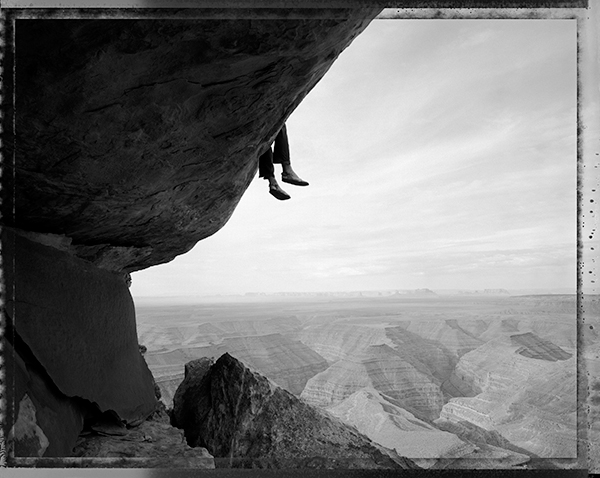
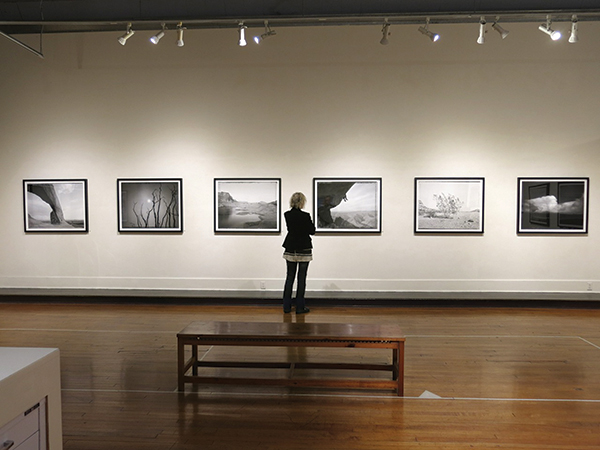

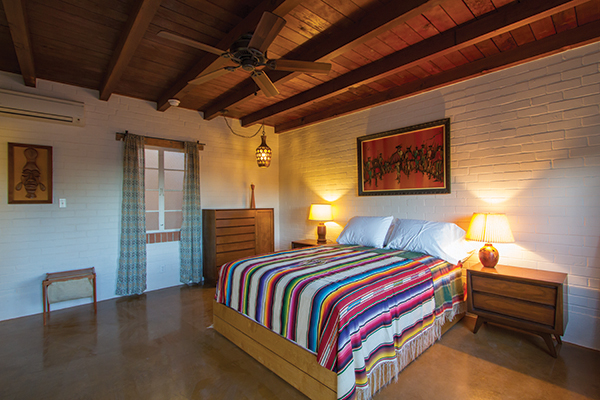
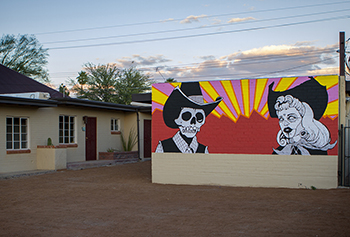

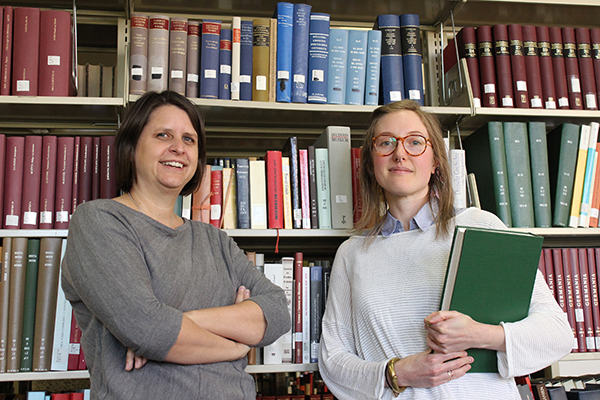
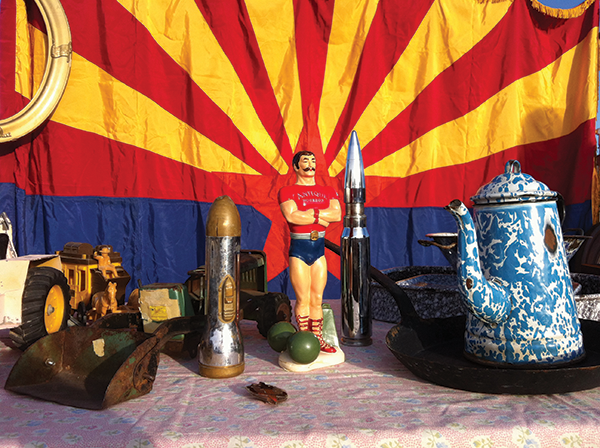




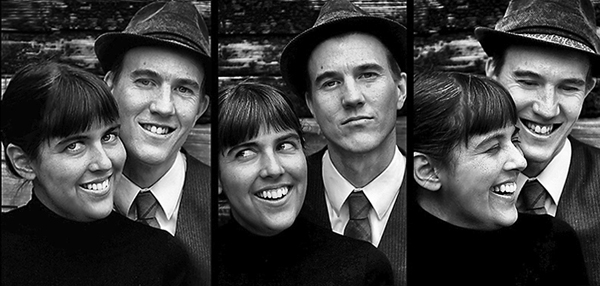
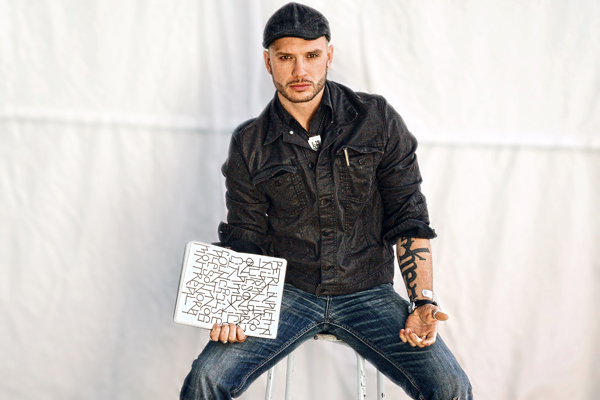

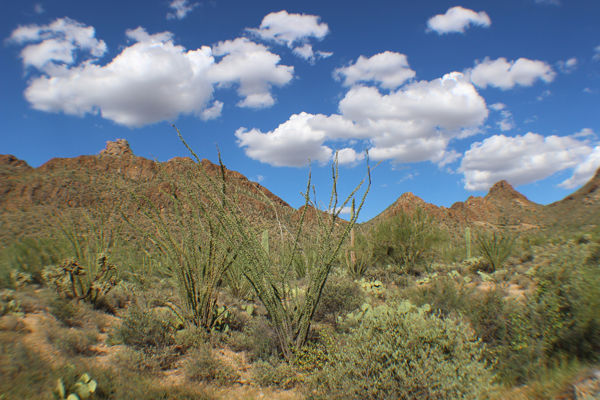
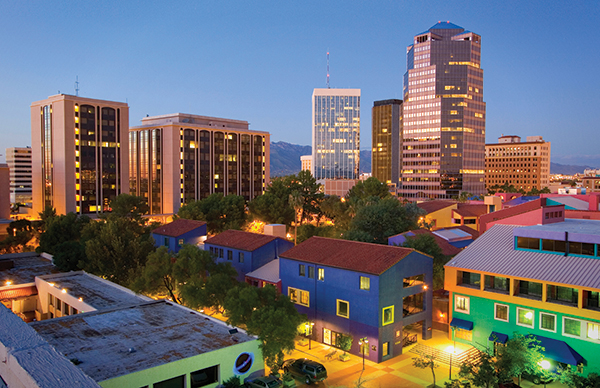




Also find us on...